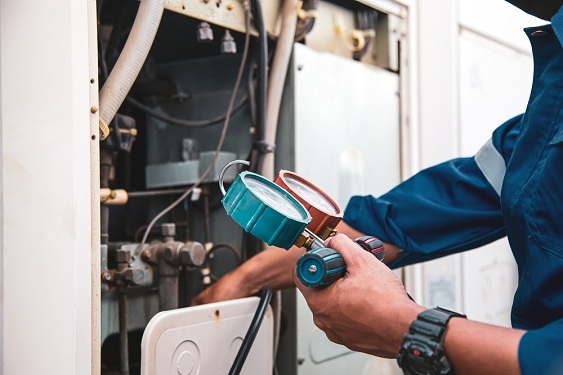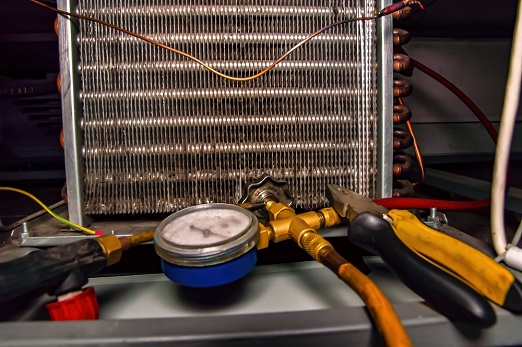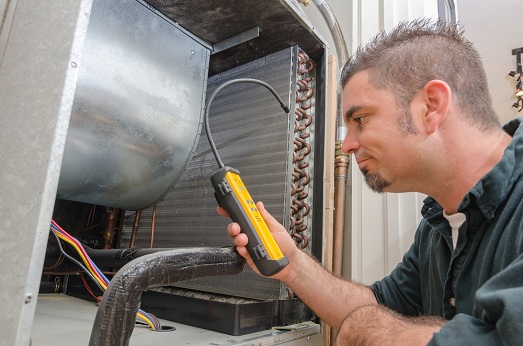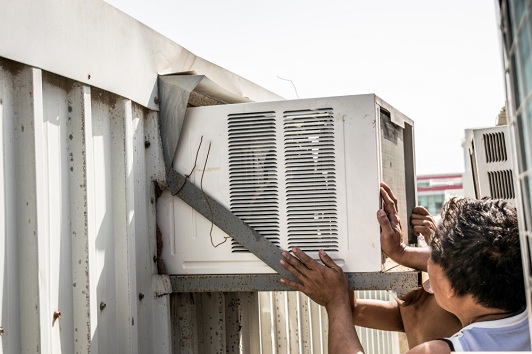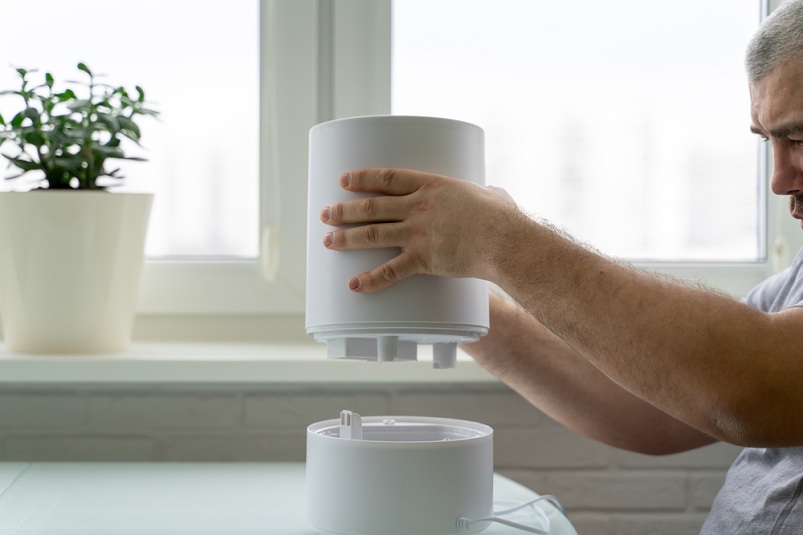I’m a degreed ME (mechanical engineer) who is passionate about machines of all kinds. I created MachineWonders.com as a way to connect with others who love machines like me – or need help choosing one for their needs, application, or situation.
Recharging a Window AC: Steps and Precautions
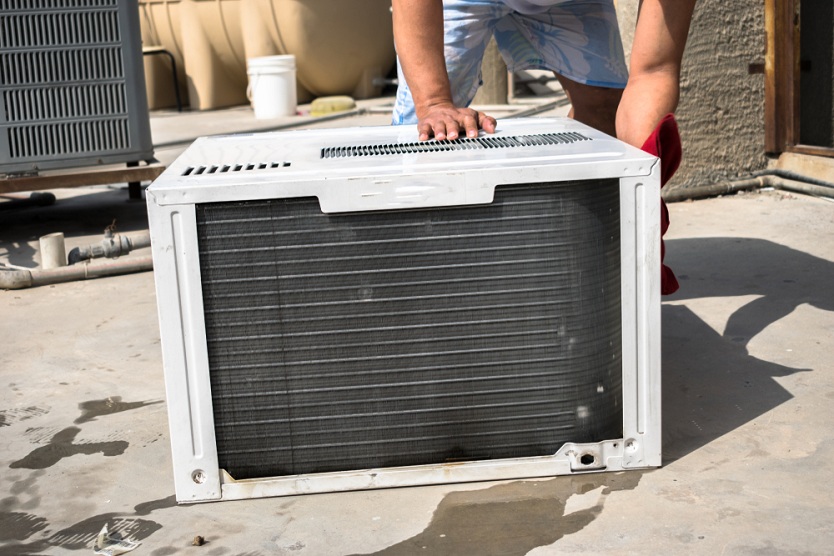
This site contains affiliate links to products. We may receive a commission for purchases made through these links.

